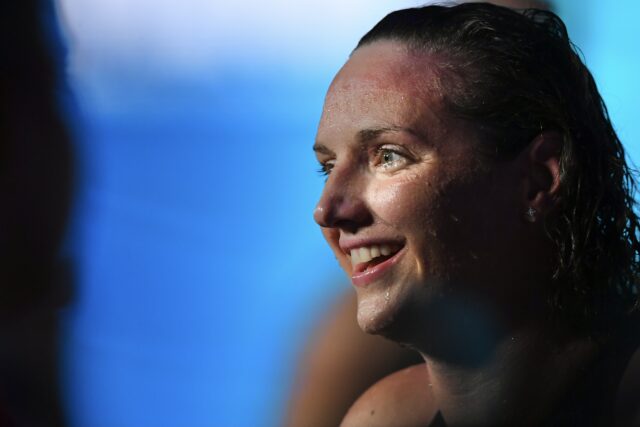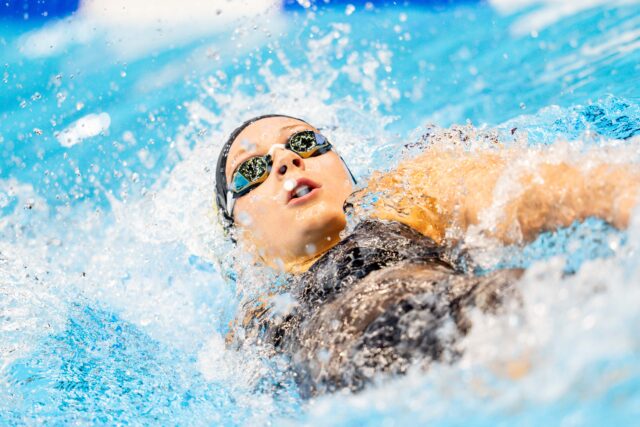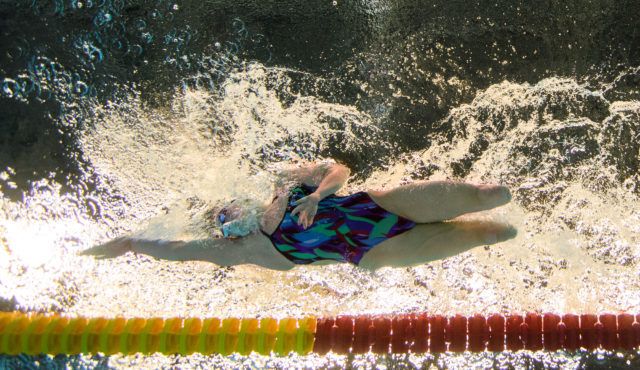Selecting your driver is certainly not a one-size-fits-all all approach as the club needs to match your swing.
You will see that many equipment experts and reviewers put drivers into different categories to rank them by relevant factors.
Here we take a look at those different types of drivers and who they are meant for.
Game improvement drivers
Game improvement drivers are a common type of driver and offer a great balance of performance and ease of use, making them an ideal choice for most golfers. Game improvement drivers are designed for beginners and golfers with slower swing speeds.
The forward CG placement in game improvement drivers helps to reduce slices for more distance and straighter shots and to promote a higher launch as well. The high-strength XL club faces in game improvement drivers are optimized to increase speed, promote a higher launch and inspire more confidence off the tee.
Adjustable Drivers
These clubs are generally for players looking to tighten up their dispersion and hone in on their ideal weapon off the tee.
Adjustable drivers allow for a range of different settings and can be adjusted to fit different swings.
These clubs have become very popular in the last decade as you can easily adjust the loft, lie, and sometimes weight settings. Most modern drivers, including game improvement and all the way up to tour level drivers, have adjustable features that make it easy to fine-tune the club to your swing.
Some drivers feature sliding weights for an additional degree of adjustability. Sliding weights enable golfers to fine-tune their drivers for incremental shot shape correction. Adding more weight to the toe or heel, can help improve accuracy off the tee and straighten out your ball flight.
Face angle refers to how the face of the club sits at address. For right-handed golfers, if the club face is open at impact, it will lead to a left-to-right ball flight (slice). If the face is closed at impact, it will lead to a right-to-left ball flight known as a hook.
By having an adjustable face angle you can alleviate the big miss and hit it straighter. If you’re like the majority of golfers who hit a slice, having a slightly closed face can help reduce spin and hit it straighter.
Draw-Biased Drivers (Anti-Slice)
Drivers with built-in draw-bias are recommended for golfers who need help fixing the slice off the tee.
Draw-biased drivers are designed to help straighten out a slice and as the name suggests, make it easier to hit a draw. More weight is added to the heel of the club so it’s easier to square the face at impact for a straighter ball flight.
These drivers are built for high launch with high MOI thanks to the stretched profile at address. The rear weight helps increase launch and lowers spin to maximize carry distance.
Tour Level Drivers
Tour level drivers vary in size and loft to assist the adept golfer and meet their enhanced demands. These drivers usually minimize spin and are built for golfers with faster swing speeds.
They are often the choice of low-handicap amateurs as well as professional golfers who want less, not more, spin.
In general, more skilled golfers swing the club faster and thus, create plenty of spin on their own. This is why they need low spin drivers to optimize ball flight and distance off the tee.
Low spin drivers help reduce spin to maximize carry distance, which leads to longer drives. Tour level driver club heads often feature a more compact shape that makes them easier for golfers to work the ball in both directions.



















You must be logged in to post a comment Login